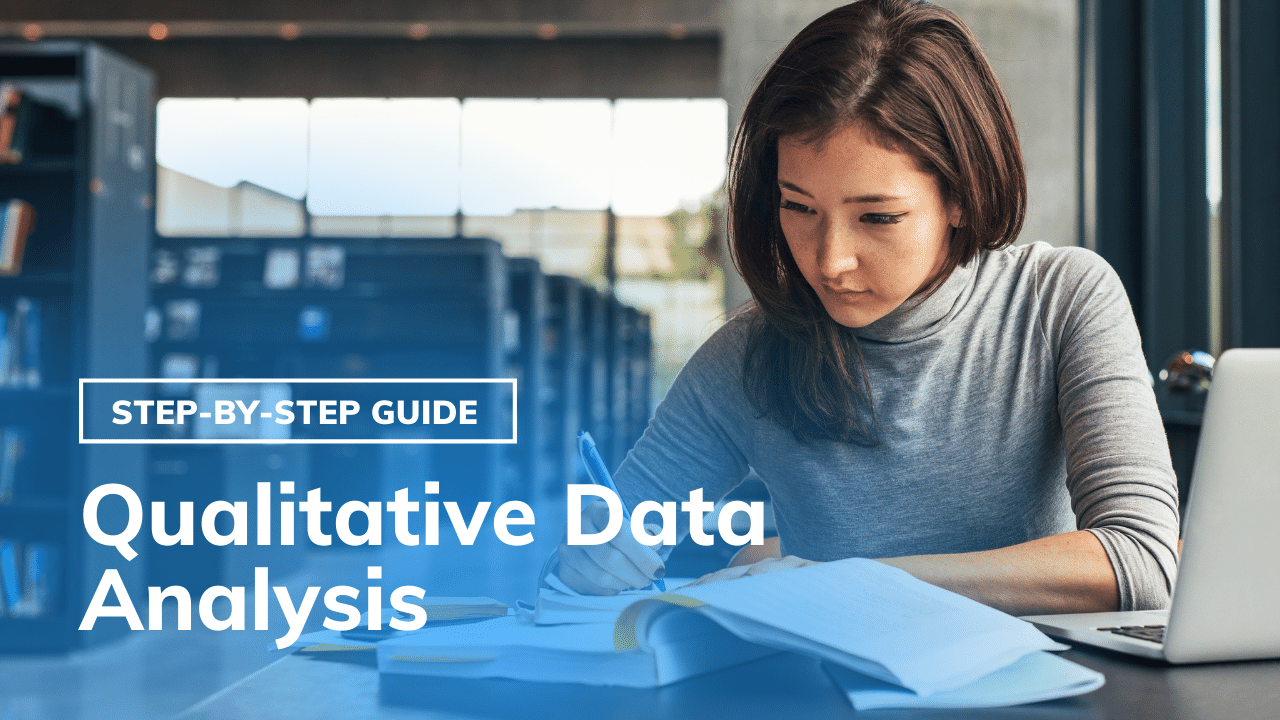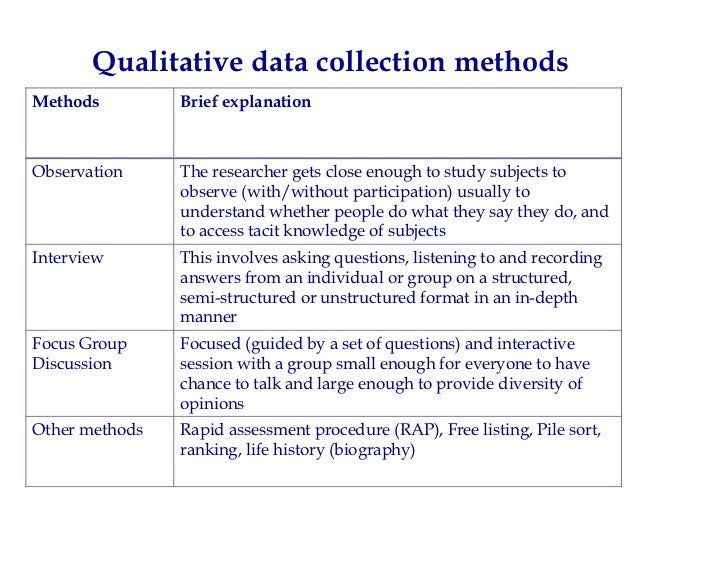


Hypothesis testing is any statistical method used to confirm a hypothesis. In practice, the standard deviation is a much more popular data analysis method than the range is, since it takes into account the entire dataset. While the range provides similar insights, standard deviation accounts for variation throughout a dataset, and not just between the extremes. Standard deviation is an advanced statistical measure of how much a dataset varies. This can, for example, tell you how often certain events occur. It’s the metric used to calculate the mode of a dataset (since the mode is the most frequently occurring value).Įven if you’re not looking to calculate the mode of a dataset, it can still be handy to look at the frequencies of certain values. Frequencyįrequency is how often a specific value occurs within a dataset. This is also a very valuable metric to have - especially in business - since fluctuations in events can be crucial in the decision making process. It paints a picture of how much data can vary within a dataset. The range is the gap between the lowest and highest number in a dataset. In particular, using averages allows you to smooth out datasets and draw more accurate conclusions without averages, you might find yourself comparing data to an unusually low or high number. Regardless of which type of average you use, there’s a lot to be gained from knowing what the central value is in a dataset. The mode is the most frequently occurring number in the list. The median is the middle number in the list. It’s calculated by summing up the values in a dataset, and dividing the result by the number of values. The mean is what most people think of when you say the word average. In fact, there are three well-established types of average: the mean, median, and mode. We’re all familiar with the average - the central value in a set of data. As mentioned previously, many of these methods originate in statistics. Since quantitative data is ideal for analysis, let’s start by focusing on some of the many quantitative data analysis methods.


 0 kommentar(er)
0 kommentar(er)
